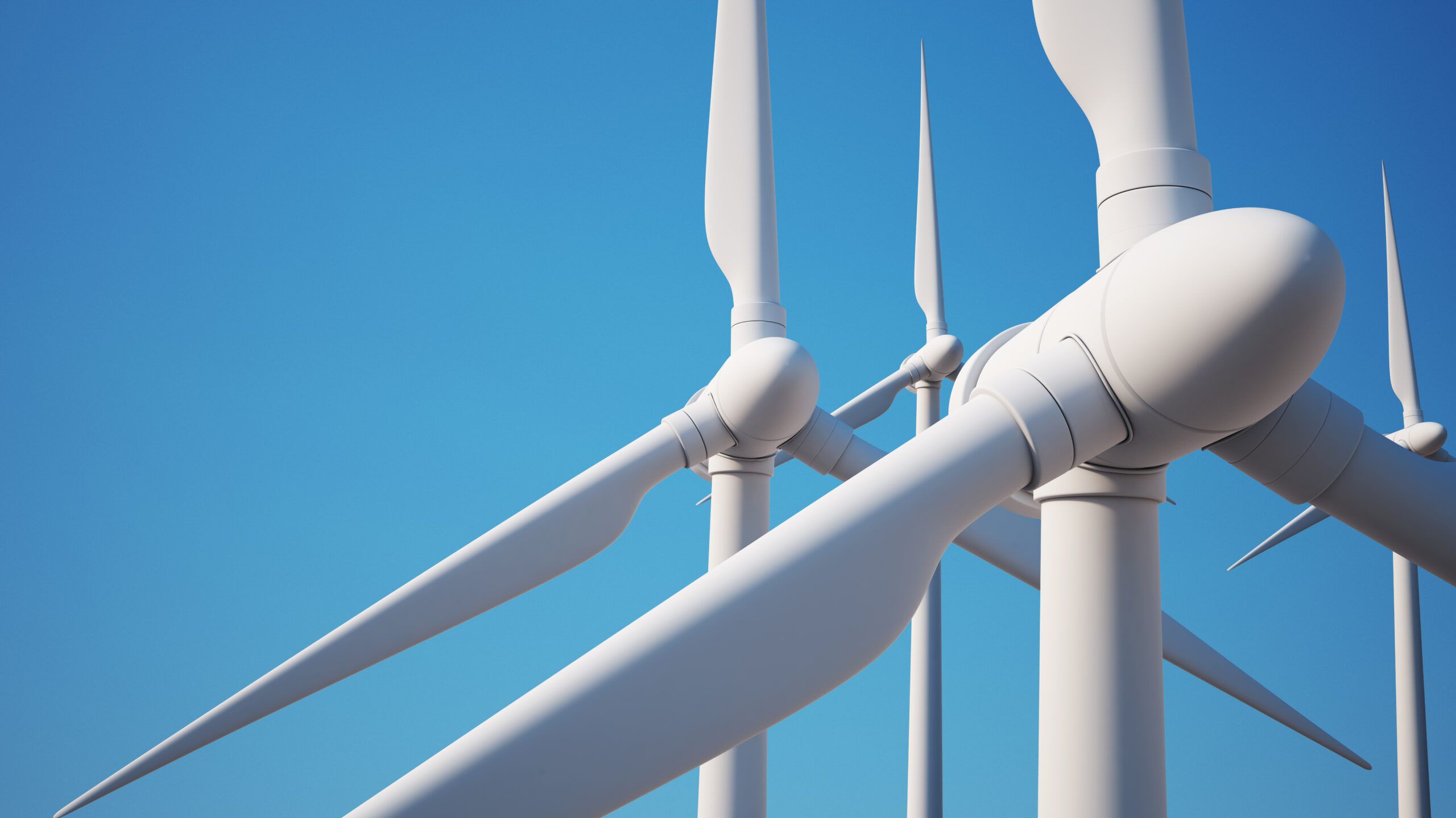Just as the U.S. is plunging into the deep end of offshore wind energy development, the nascent domestic industry is facing major supply chain problems, surging costs, permitting delays and other headwinds that could affect the aggressive installation timelines, reports Louisiana Illuminator.
Those obstacles, chiefly triggered by the pandemic, inflation and the Russian invasion of Ukraine, should prompt states to more closely collaborate on workforce development, transmission planning, building a domestic supply chain and other areas where they can work together to help keep costs down, said several panelists at an industry conference in Boston last week.
“It’s challenging,” says Tristan Grimbert, president and CEO of EDF Renewables, which is part of a joint venture with Shell New Energies to develop an offshore wind lease area off New Jersey. “It requires a lot of things to go right. It does create some costs because you have to build a supply chain from zero. … It’s a pretty ambitious thing that the U.S. is doing. Five years ago there was no offshore at all. Now you’re talking about dozens of projects that are ongoing.”
There are just two U.S. offshore wind projects currently in operation—a two-turbine test array off Virginia operated by Dominion Energy that is planned to grow into a much larger 2.6 gigawatt project and the Block Island Wind Farm off Rhode Island—but there are many more in varying stages of construction and development, mostly along the Atlantic Coast.
However, the Bureau of Ocean Energy Management, which oversees energy development in federal waters, held a lease sale for areas off California and is taking steps to open up the Gulf of Mexico as well.
The Biden administration has set a goal of 30 gigawatts of offshore wind by 2030. Many coastal states—from California to Louisiana to Maine—have their own aggressive goals.
But at the same time, costs are spiking. An analysis released in April by Energy Monitor, part of GlobalData, found that the cost of a wind turbine has increased 38% over the past two years. And those increases are having repercussions.
Read the full story from Louisiana Illuminator.



